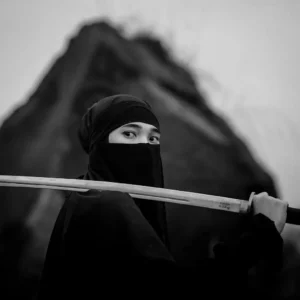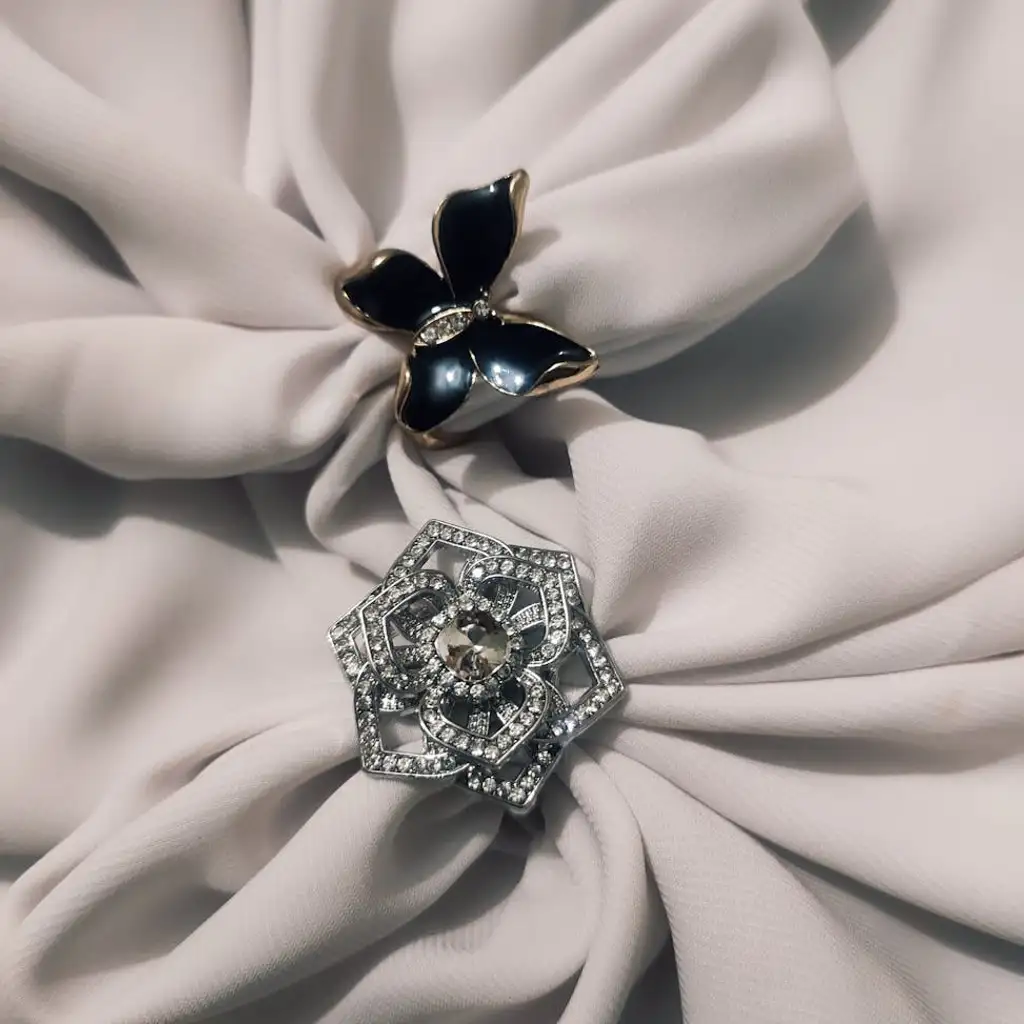Today, Setouchi’s mayor, Akinari Takehisa, is leading a significant initiative to bring the legendary Sanchomo sword—also known as Yamatorige—back to its place of origin. The “Bring Home the Sanchomo” Project aims to raise the approximately USD 5 million needed to purchase this National Treasure, currently held by a private collector. For the Osafune Sword Museum, one of Japan’s most respected institutions for preserving the Bizen tradition, acquiring the Sanchomo would fulfill its mission of safeguarding Japan’s swordmaking heritage by displaying a truly iconic piece.
The Sanchomo sword boasts a storied past, having been a treasured possession of Sengoku-period warlord Uesugi Kenshin and his son Kagekatsu. Kenshin, revered as both a fierce warrior and a figure of noble conduct, famously once sent salt to his rival Takeda Shingen, underscoring his principle that warfare should be fought with swords, not by blocking resources. Known for his unique fighting style, Kenshin’s sword was fashioned without a guard—a rare feature in long Japanese swords, yet characteristic of his weapons.
The sword’s distinctive “hamon,” or edge pattern, captures its mythical essence. Depending on the interpretation of the characters in its name, “Sanchomo” can signify either “the feathers of a mountain pheasant” or “a mountain ablaze,” evoking images of nature’s grandeur and raw power. For visitors, viewing this intricate pattern and experiencing the craftsmanship firsthand would offer a rare glimpse into the world and values of Kenshin himself.
Currently, the museum hosts seven practicing swordsmiths who conduct demonstrations, preserving the skills that define Japanese swordmaking. Kazuki Kawashima, a swordsmith who divides his time between his forge in Osafune and the museum, is even working on a replica of the Sanchomo, striving to capture its famed design.
Securing the Sanchomo for public display would not only enhance the museum’s collection but could also attract more visitors to Setouchi, boosting local tourism. “A National Treasure among National Treasures,” said Hirosuke Sato, a Tokyo National Museum researcher, at the project’s launch. For the Osafune Museum, acquiring the Sanchomo is an extraordinary opportunity to connect visitors to Japan’s legendary past and the artistry of the Bizen swordsmiths.
He recounted at the press conference that, “the Yamatorige is important not only as the standard that many modern swordsmiths strive to reach in their careers, but also as symbol of Japanese culture through which foreign visitors to Japan could gain a better und








